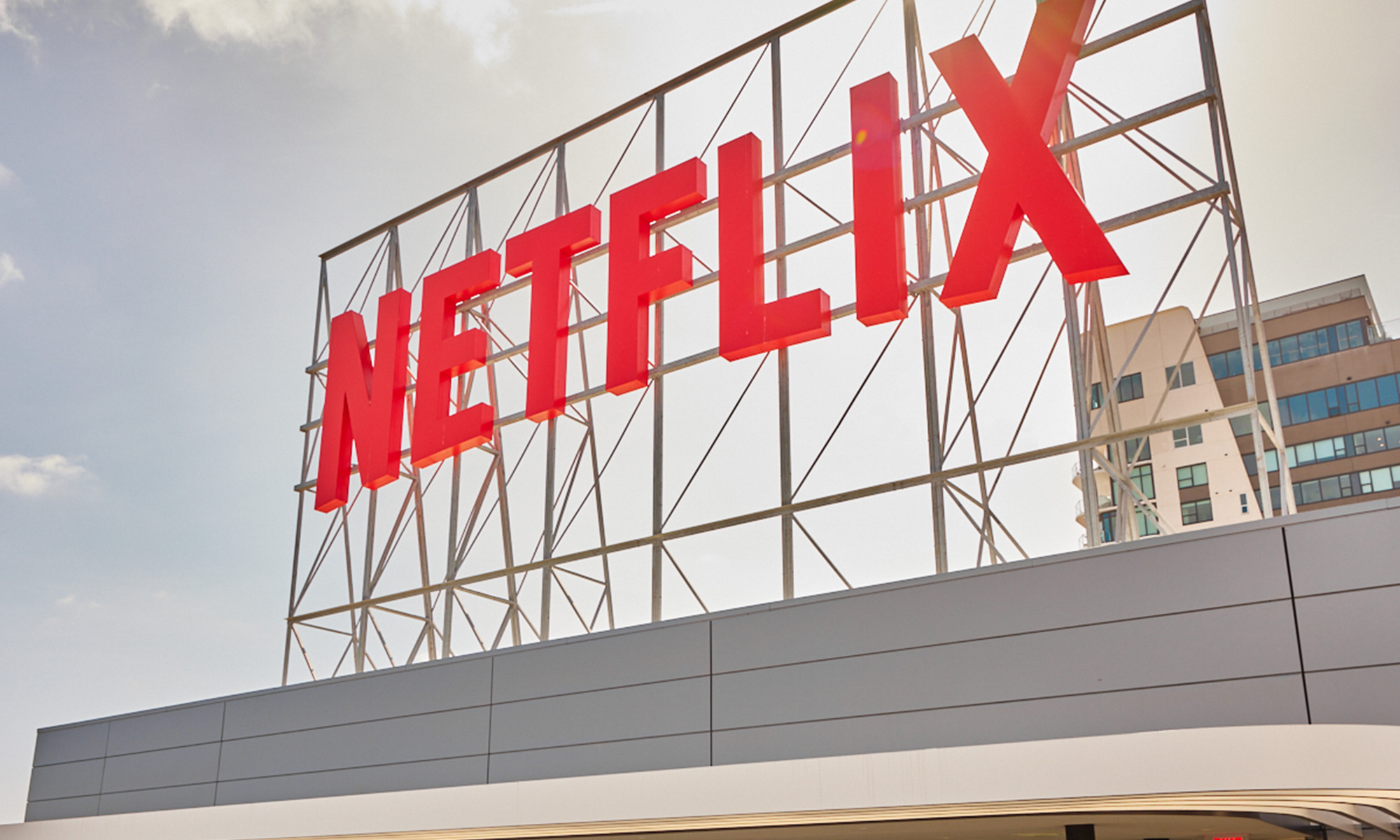Shares of Netflix (NFLX +0.29%) popped on Thursday, rising about 2.5% by the time the market closed. The stock's gain followed the streaming-TV giant's third-quarter update, which featured better-than-expected earnings per share, strong growth in international subscribers, and optimistic commentary from management on the company's competitive environment. Following a second-quarter update with subscriber growth that came in far below expectations, strong Q3 results were a relief for investors.
There was a lot to like about the quarter. Beyond the company's strong financial results for the period (including 31% year-over-year revenue growth and a widening operating margin), management captured several other reasons for shareholders to be optimistic in the company's third-quarter conference call.
Here are a few key takeaways from the call.

Image source: Netflix.
Netflix isn't worried about competition
With Apple and Walt Disney both scheduled to launch their streaming services in November, many investors wondered whether Netflix management was concerned about how these services would impact the company. But management isn't worried, citing a large market opportunity. "[A]ll of us are competing with linear TV and we're all relatively small to linear TV," said Netflix CEO Reed Hastings.
Hastings noted that there was a similar phenomenon when cable TV was coming into popularity. Despite many networks vying for consumers' time, the networks were ultimately competing with broadcast -- not with each other. "I think it's the same kind of dynamics here," Hastings said.
Netflix is demonstrating operating leverage
The company's operating margin is on pace to improve 300 basis points this year, to 13%. Better yet, management expects its operating margin to improve another 300 basis points in 2020, thanks to the company's operating leverage.
"We're driving ... scale and efficiencies, and margin growth across the board. Our content investment -- while it's growing -- it's growing slower than our revenue growth," explained Netflix CFO Spencer Neumann.
Price increases remain effective
When discussing the company's recent price increases, management admitted there has been some churn as a result. But this churn rate amounts to just one-tenth of a percent. Of course, this doesn't even come close to offsetting the benefit the company has seen in increased revenue from the price increases.
"We're talking about a 10th of a percentage point in churn and that's why at the same time these price increases are hugely revenue positive for us as you saw in the quarter," explained Neumann.
While paid members in the U.S. were up less than 1 percent year over year, average revenue per user increased 16.5% in Q3.
Of course, there are benefits from price increases beyond higher revenue. Increased average revenue per user means the company can reinvest the bulk of this incremental revenue back into Netflix, strengthening its value proposition with more great content and an improved product experience.






